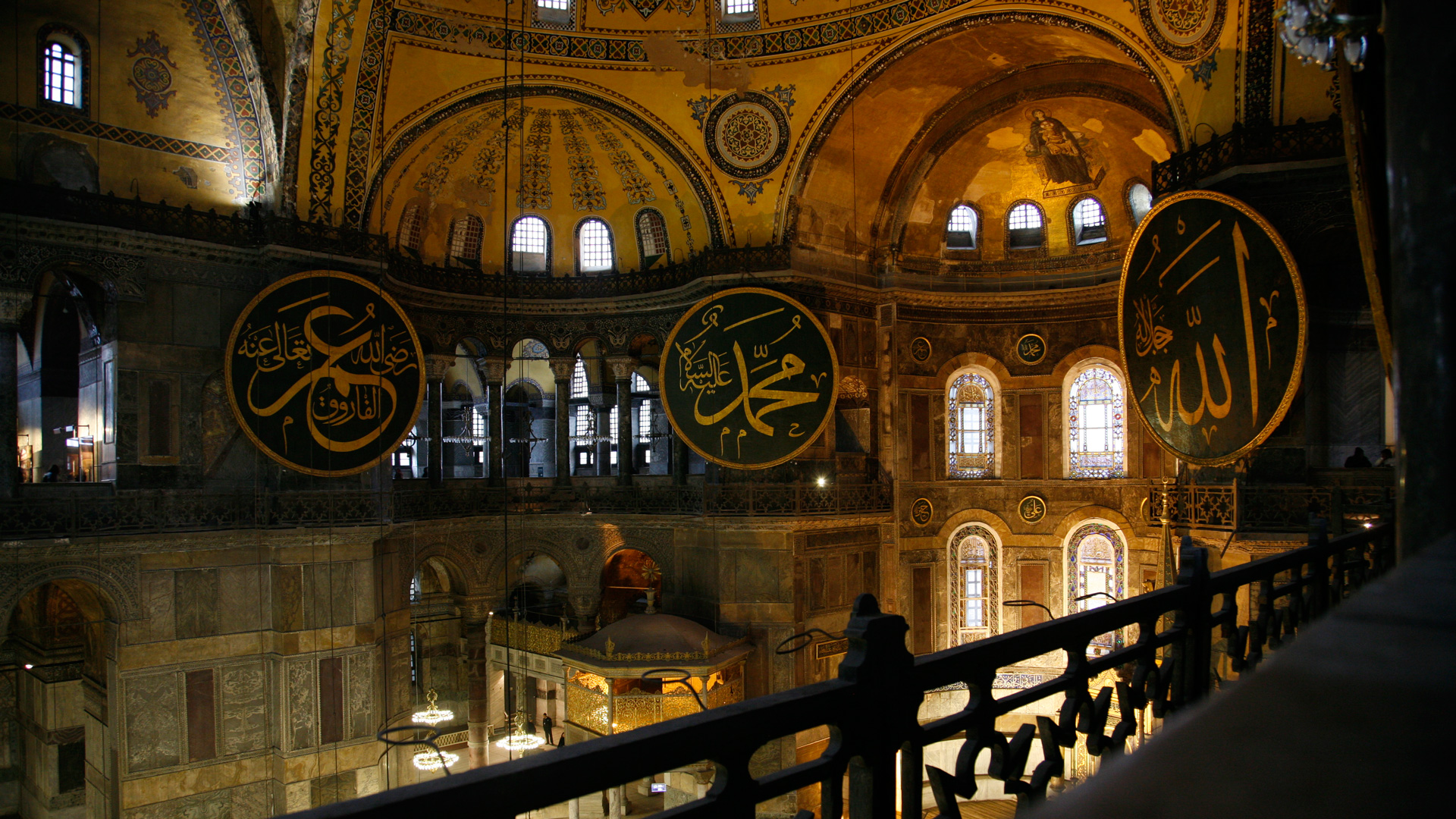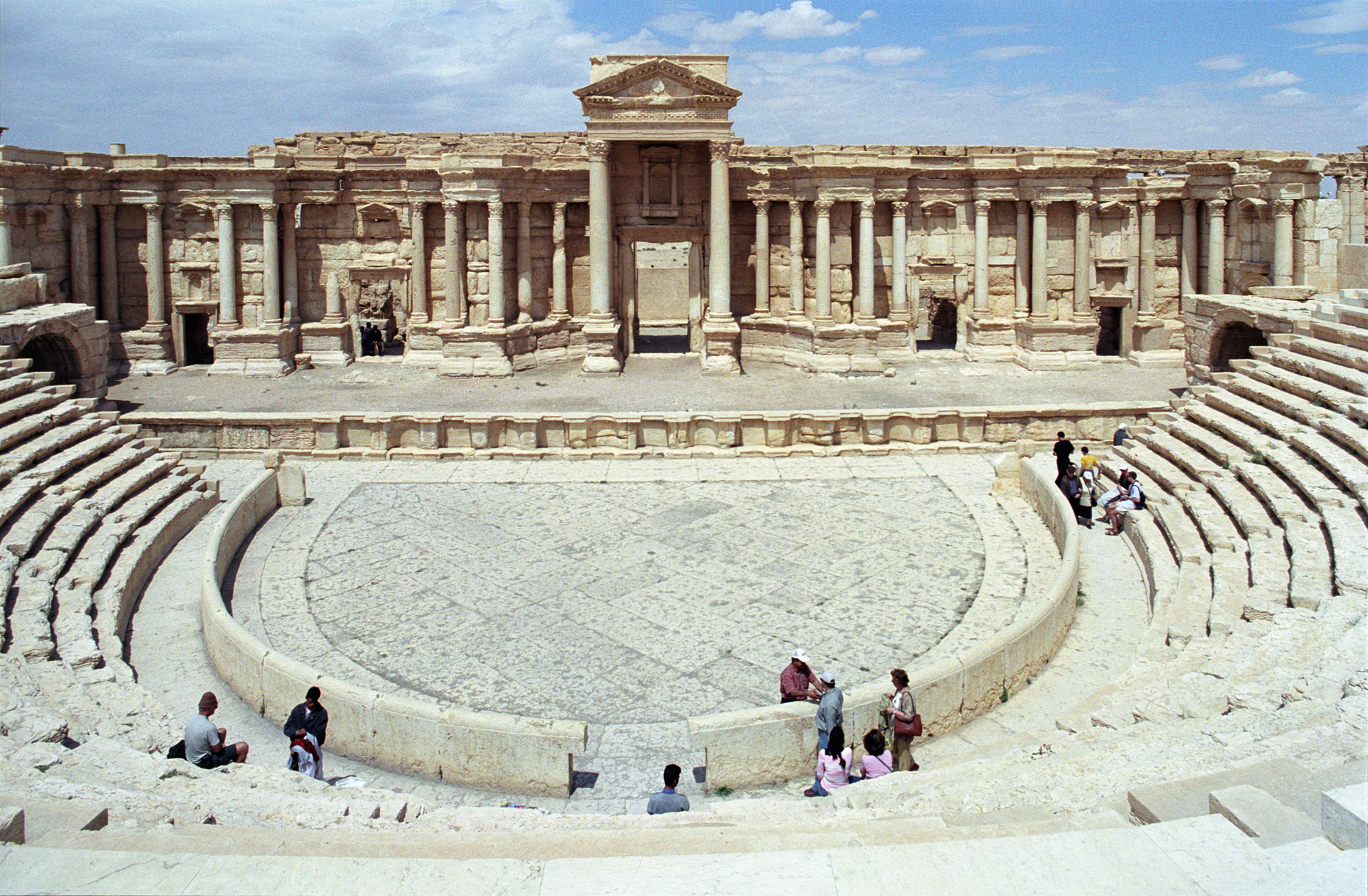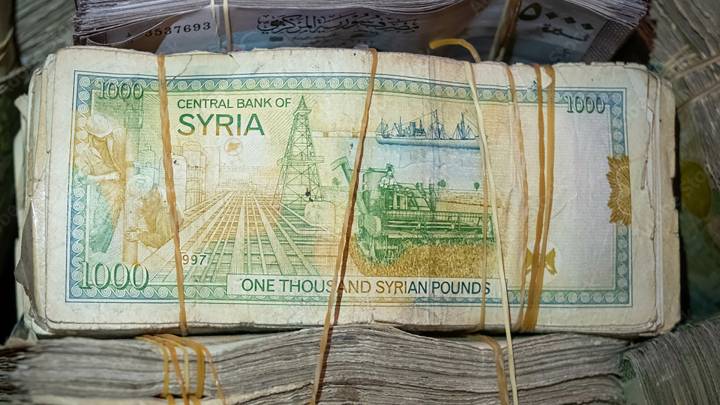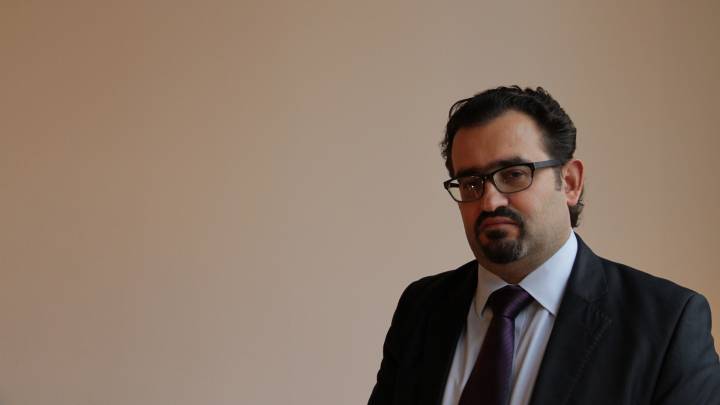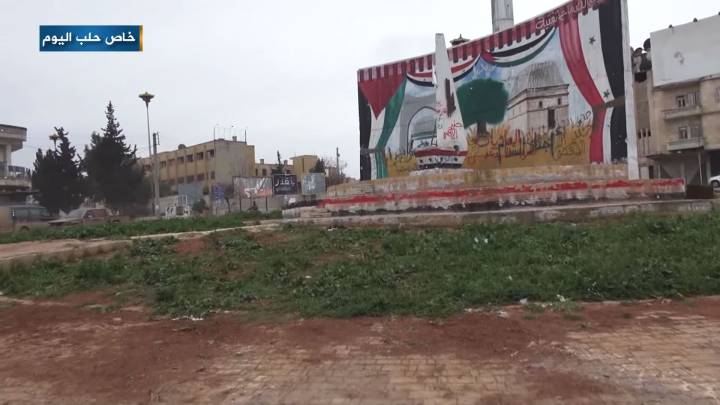Without a proper appraisal of the past, the violence in Middle East will continue to echo throughout the region and cause ever greater devastation.
At this point, bidding farewell to the old order in the Middle East has become all but unavoidable. Borders have disappeared, systems are collapsing, and the principles of state order seem to be melting faster than polar ice.
More than two years ago Daesh, the self-proclaimed Islamic State, declared the border between Syria and Iraq to be obsolete. By doing so, the extremist group provided a private reason to celebrate among some secular intellectuals and Middle East scholars. Weren’t they right in the end? Hadn’t they told us long ago that the system created by European imperialist powers and the Sykes-Picot Agreement wouldn’t end well? The jihadists were finally the ones to take this arrogant European order and kick it straight to hell.
You may eat with your neighbour who hails from a different sect. And you can attend his daughter’s wedding. But on the day of reckoning, he will kill you. Don’t take it personally though.While it’s certainly tempting to escape into the past where things feel relatively ordered compared to the confused state of current events, it’s also useful to apply a historic perspective to it all. History does in the end matter. To those who are passionately concerned about the history of the Middle East, or feel deep sorrow at the destruction of ancient sites like Palmyra or the bloody disintegration of Syria, one can only say: You and your knowledge are still needed.
Perhaps it will be possible in a few years to rebuild the ancient sites of Nimrud and Palmyra by means of modern science. Hundreds of thousands of tourists have documented almost every stone at these sites, and so they can be recreated. Here we can apply the words of the 18th century German poet-playwright Friedrich Schiller. “All preceding ages, without knowing it or aiming at it, have striven to bring about our human century,” he said in his Jena University lecture on the purpose of universal history. “Ours are all the treasures which diligence and genius, reason and experience, have finally brought home in the long age of the world.”
Ancient monuments can be reconstructed so that in a 100 years’ time no one even asks if they are originals. But that will be a relatively easy task compared with what the historians of the Syria conflict, and specifically Syrian historians themselves, will have to undertake. They must reappraise the bloody events in recent times, those traumatic collective experiences such as the massacre at Hama in 1982, and of course the ongoing civil war. Syria’s regime has so far prevented such reappraisal. And this has left the chronicles of Syria’s bloody history a hopeless chaos of narratives that highlight a collective, unhistorical and yet historically justified jumble of resentments.
Divide et impera
It’s a muddled history of unreconciled bloody deeds, a perpetual series of suppressed traumas: Minorities such as the Alawites fear extinction by the Sunni majority and are lashing out in part because there has been no historical review of centuries of alleged persecution. Among Sunnis there is rampant hatred of those who allegedly profit from the regime. According to the commonly held view, this includes the Alawites, an allegedly obscure minority who made a pact with president Bashar al-Assad’s family to deprive the “real” Muslims of their historic heritage, the promised land of the first Islamic conquerors known as Bilad al-Sham.
According to the Middle East version of divide et impera (‘divide and rule’) one can formidably rule by playing sectarian groups against each other. And the disaster that is the Syrian war did not truly begin during Ramadan 2011. It was the hitherto unimaginable but predictable culmination of a deeply violent history.
Confuse history to rule, or just annihilate it! The suppression of historical consciousness can be just as effective an instrument of power as the actual effacement of history which Daesh has already demonstrated with an industrial zeal. The group acts as though it can create some kind of Islamic State in an earlier, more primitive form, reducing the Koran and stories of the Prophet down to “lifeless crude annals,” as jihadism expert Asiem El Difraoui has described it.
This kind of perfidious usage of the past must be refuted wherever it is found. But the failed political ideologies of the 20th century, whether they belong to the Muslim Brotherhood or Ba’athism, did not succeed at this. On the contrary, they manipulated the ties between state and religion and the relationships between religious groups and minorities according to their whims. And where they couldn’t manage this, they swerved into promoting a kind of political schizophrenia, the results of which we see today. The confessionalism, or sectarianism, that shaped the political reality in the Middle East for centuries was technically suppressed, while people continued acting according to its logic.
In a way, these failed political ideologies, with their strange and historically justified claims for renewal, were not worthy successors, but rather the stray children of the Ottoman tradition. Particularly in the late phase of the early 20th century Young Turkish Revival, the relationship between the Ottoman multicultural state and its religious groups, ethnic groups and nations became ever more schizophrenic. Increasingly, its leadership refused to define their place, role and claims. It acted according to sectarianism while falsely preaching unity. Sectarian identity became a denominator of individuals and groups: One might have been an Ottoman citizen but, implicitly, one had to choose a camp, and that was a community. You may eat with your neighbour who hails from a different sect. And you can attend his daughter’s wedding. But on the day of reckoning, he will kill you. Don’t take it personally though.
If these horrors of the past are not finally named, outlined and collectively processed, they will come back again and again. The genocide of Armenians and Aramaic Christians in the Syrian desert happened as a consequence of this thinking. And its denial made things only worse. It made the logic of sectarianism all the more devastating and enduring in the collective psyche of Middle Eastern communities.
The resulting narrative still holds today: That the confessional/sectarian community can rely only upon themselves. This world view that survived the Ottoman Empire and its aftermath in many of the newly founded Arab States. It might be much more consequential than Sykes-Picot. Even the State of Israel inserts into the mix. To many, it looks as though it were nothing more than a variation of the same: regional sectarianism.
The fear of the return of terrible things is always greater than the hope for what sparkles. Or as the German philosopher Friedrich Nietzsche described it, the confidence that “the greatness that once existed was in any event once possible, and may thus be possible again.”
If these horrors of the past are not finally named, outlined and collectively processed, they will come back again and again. Every child knows that violence begets more violence. But the violence that calls up the unresolved violent traumas of the past can lead to far more devastating consequences. Because this is more enduring and far less predictable.
